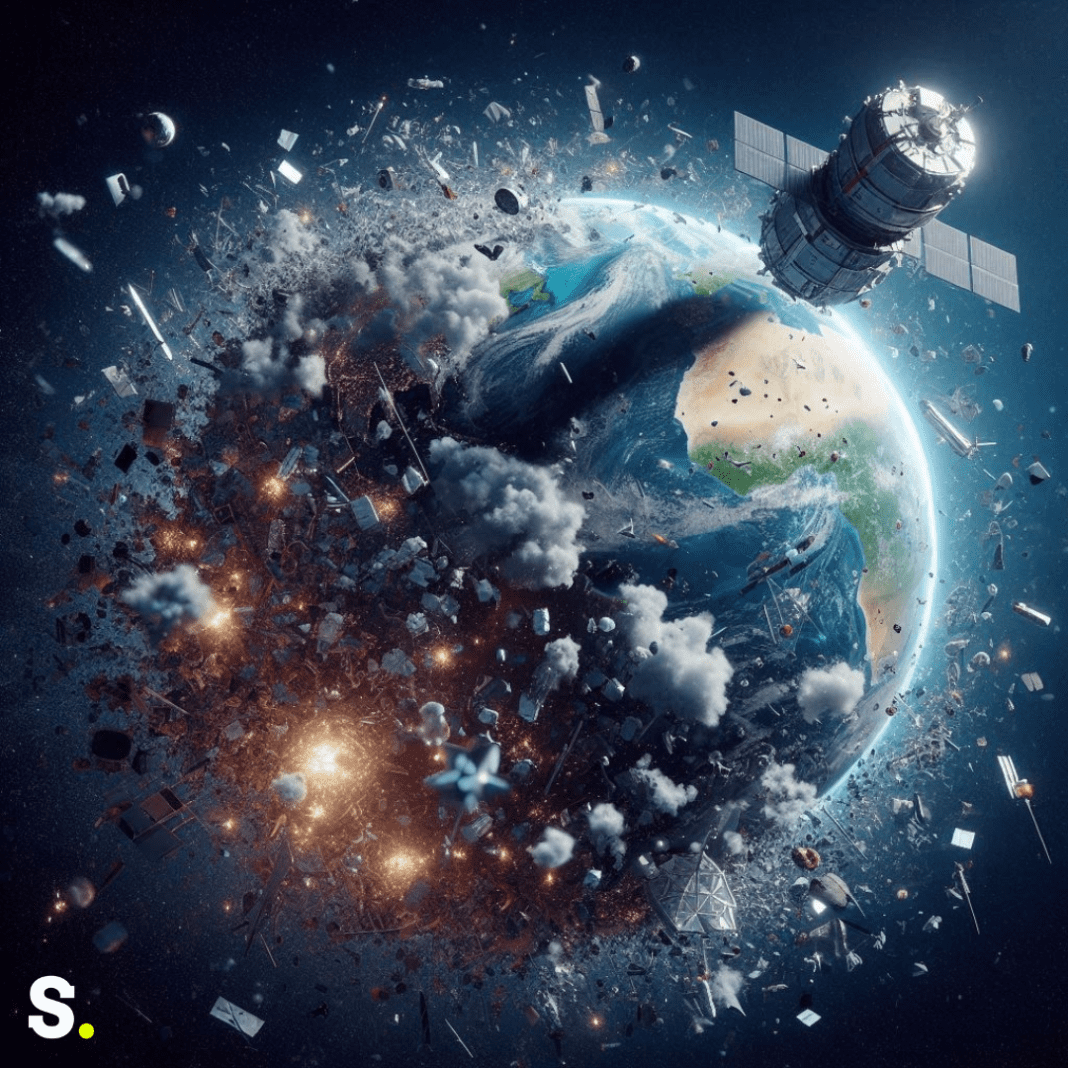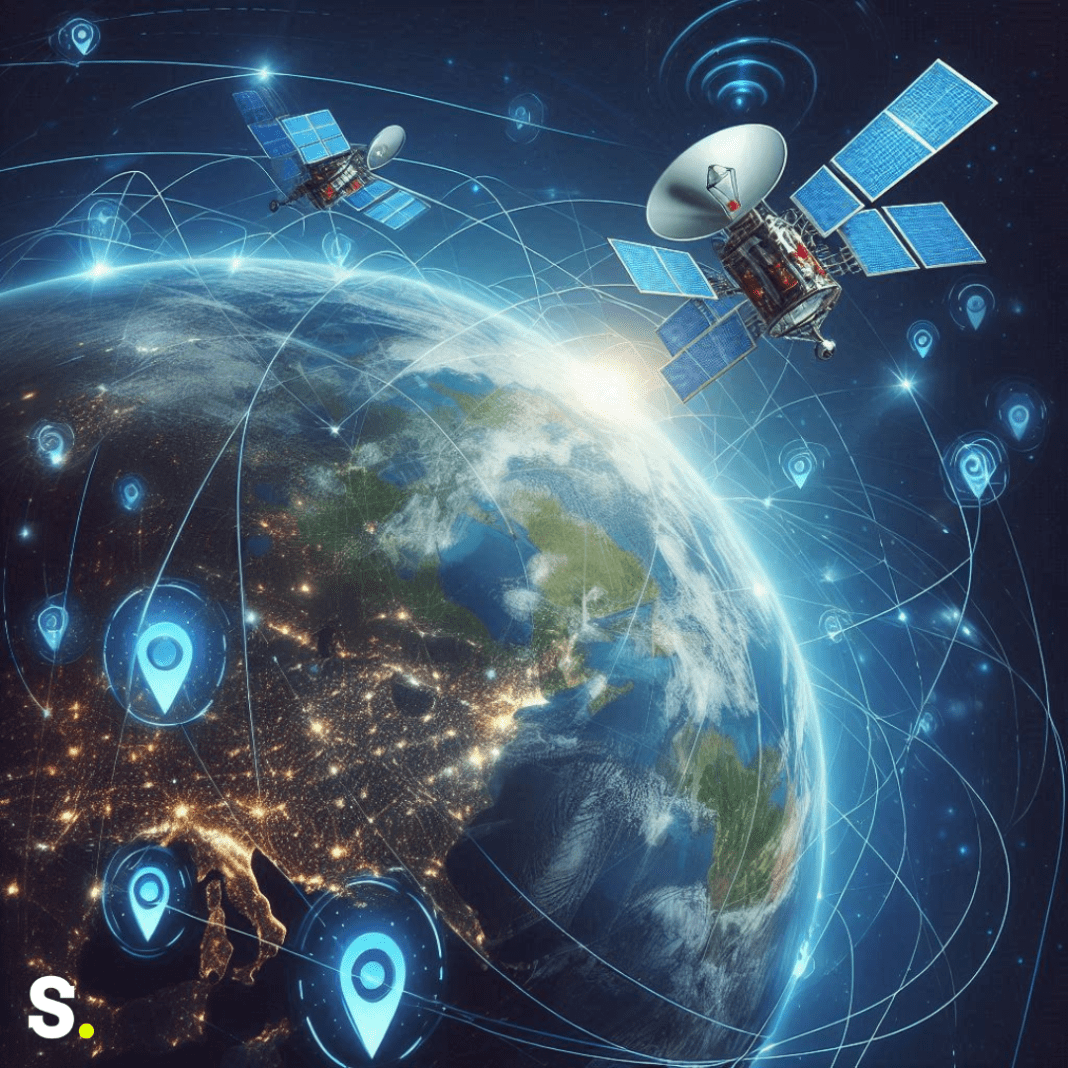The general term used to describe a major problem in space travel is called space debris. Simply, it refers to all broken pieces, often from old satellites, rockets, and other equipment, which are just floating around the Earth. The junk includes fractured fragments, shards of collisions, and minute pieces, sometimes as small as a grain of sand, while others are as big as a school bus. Moving at phenomenal speeds, such things are just plain hazardous.
Imagine a game of dodgeball, but the balls are moving at thousands of miles an hour. Really, that’s pretty much the situation when a spacecraft has to dodge space debris. Small pieces of debris have good potential to cause great harm. Space objects are moving at such colossal speeds that the majority of collisions are disastrous. When the space junk hits something, it is a huge impact. Satellites, which help in communication, weather, and navigation, are susceptible to damage or destruction.
Sources of Space Debris
Space debris comes from various sources. First, during the launch of rockets, they shed parts of their structure. These leftover parts can continue to stay in orbit for a long period of time. Second, old satellites that are no longer in use also become debris if they are not removed from orbit.
Another important source of space debris is collisions. When two space objects collide, they break up into a large number of smaller fragments. If two satellites collide with each other, they get shattered into fragments numbering in the thousands. These spread out and add to the growing problem of space debris.
Accidents can also cause debris. If a rocket or a satellite explodes, it sends many pieces flying into space. These pieces then form the new fragments of space debris. Each of these sources adds to the ever-increasing cloud of space junk surrounding Earth.
Space Debris Management
The management of space debris is a quite challenging and important activity. Several ways to address the problem are put to consideration by scientists and engineers. Among them, tracking is one of the fundamental manners of debris management. The special systems are developed to track space debris and forecast the movement. It helps to avoid clashing with orbiting active satellites and spacecraft.
A different group of researchers focuses directly on methods for debris restitution from earth’s orbit. These include; laser technologies to divert debris from orbit and robotic arms, as well as nets, for debris capture and guided return to earth. Currently only under the development phases mostly, there is the potential to resolve space debris menace.
Space debris requires international collaboration. Space agencies and organizations from around the globe are working on norms and guidelines together. Setting such rules helps in preventing further debris from being generated. For example, agreements among nations have been reached regarding the decommissioning of satellites and the management of rocket launches. Collaboration becomes key to this global issue.
Added to this are awareness and education in the management of space debris. With awareness of risks and challenges, people can support new, better practices and technologies. The end result is to ensure space remains a safe and usable environment for future missions and satellites.
Tracking Space Debris
Tracking space debris is essential for managing the problem. Special systems are designed to monitor and follow the paths of debris. These systems use radars and telescopes to keep track of where debris is located and how fast it is moving. By knowing this information, scientists can predict potential collisions and take action to avoid them.
Tracking also helps in planning new space missions. Before launching new satellites or spacecraft, mission planners check to ensure that the paths are clear of debris. This careful planning helps to prevent accidents and reduces the risk of damage to valuable space equipment.




